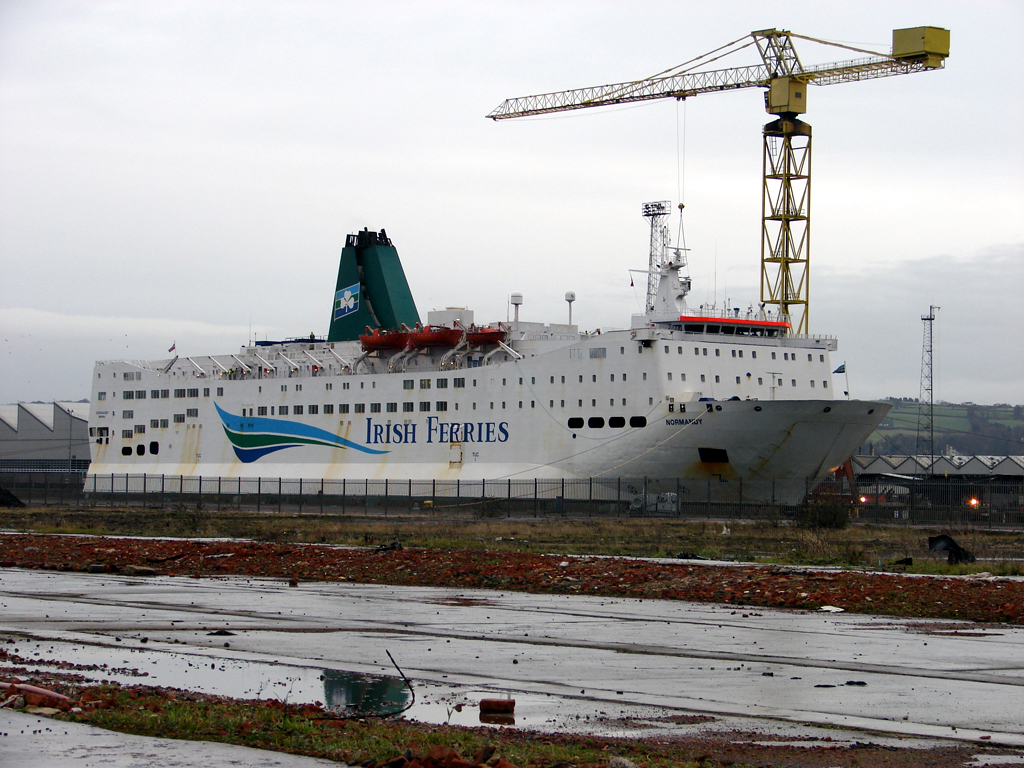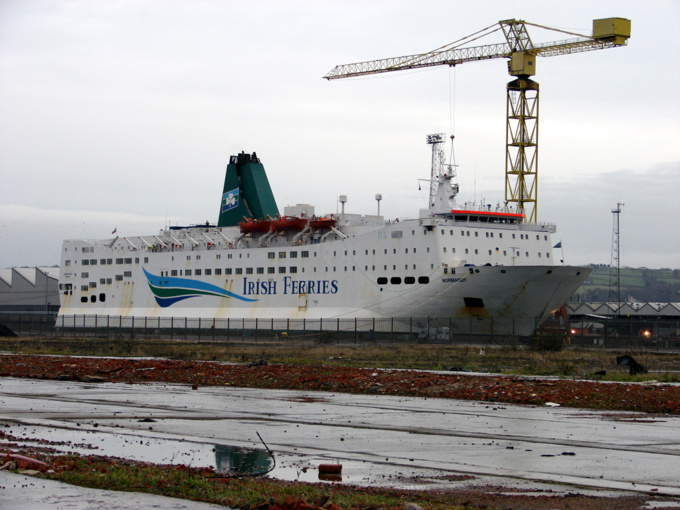The tankers are dismantled for scrap metal at shipyards. Most of them are located in India, Pakistan and Bangladesh. The Hindustan peninsula accounts for almost 80% of this relatively new market. Shipyards pay shipowners up to $ 20 million for each tanker, and the volume of the ship dismantling market is estimated at $ 5 billion. Tankers are considered the most profitable.
"This year we expect to dismantle large tankers by $ 1 billion," the Wall Street Journal quotes Anil Sharma, executive director of the US-Dubai-based company GMS, the largest scrap buyer. "This is one of our best years in the history of the company".
Even VLCC stop coming in, then the balance between supply and demand will not be balanced until 2020. Tariffs for them now are approx. $ 6000 a day, while the tariffs for shipping companies to avoid losses should be about 25 thousand dollars.
According to Greek ship owners, owners of one of the world's largest tanker fleets, if tariffs do not rise sharply next year, small and some medium-sized companies will go bankrupt or be swallowed up by big players. Under such a scenario, more ships will be scrapped in 2019 than in 2018. Meanwhile, most experts believe that the market is unlikely to recover.
"To put it mildly, this year is still terrible for VLCC owners," explains Peter Sand, senior analyst at the association of ship owners Bimco. "There has been a significant growth in the fleet with low demand. The situation is such that the situation will not improve until 2020. This explains the dispatch of tankers to scrap metal."
The recovery of raw materials markets, including metals and scrap metal, has raised the price of tanker hulls. Thus, according to VesselsValue, the average cost per ton increased from less than $ 300 in 2016 to around $ 425 in the last week of June.
Every year, approx. 1 thousand ships are sent to scrap. Steel, from which their shells are made, and other metals are melted down or sold to factories in the form of sheets. The Hindustan Peninsula is leading this market. India, Pakistan and Bangladesh account for almost 80% of all ships being dismantled. The rest are sent to China and Turkey. However, Beijing said last year that in 2019, the dismantling of ships will be suspended.
The average age of large-tonnage tankers sent for scrap will number 18.8 years this year. According to VesselsValue, this is the lowest age in five years. The average life of vessels is approximately 25 years, but after 15 years in the water the ship requires a thorough check to determine how it is suitable for further operation. By the way, the checks are rather costly, just like everything else in the shipping business. It should be conducted every 20 years, and it costs about $ 2 million. Not surprisingly, many ship owners prefer to send ships for scrap.
source: wsj.com
"This year we expect to dismantle large tankers by $ 1 billion," the Wall Street Journal quotes Anil Sharma, executive director of the US-Dubai-based company GMS, the largest scrap buyer. "This is one of our best years in the history of the company".
Even VLCC stop coming in, then the balance between supply and demand will not be balanced until 2020. Tariffs for them now are approx. $ 6000 a day, while the tariffs for shipping companies to avoid losses should be about 25 thousand dollars.
According to Greek ship owners, owners of one of the world's largest tanker fleets, if tariffs do not rise sharply next year, small and some medium-sized companies will go bankrupt or be swallowed up by big players. Under such a scenario, more ships will be scrapped in 2019 than in 2018. Meanwhile, most experts believe that the market is unlikely to recover.
"To put it mildly, this year is still terrible for VLCC owners," explains Peter Sand, senior analyst at the association of ship owners Bimco. "There has been a significant growth in the fleet with low demand. The situation is such that the situation will not improve until 2020. This explains the dispatch of tankers to scrap metal."
The recovery of raw materials markets, including metals and scrap metal, has raised the price of tanker hulls. Thus, according to VesselsValue, the average cost per ton increased from less than $ 300 in 2016 to around $ 425 in the last week of June.
Every year, approx. 1 thousand ships are sent to scrap. Steel, from which their shells are made, and other metals are melted down or sold to factories in the form of sheets. The Hindustan Peninsula is leading this market. India, Pakistan and Bangladesh account for almost 80% of all ships being dismantled. The rest are sent to China and Turkey. However, Beijing said last year that in 2019, the dismantling of ships will be suspended.
The average age of large-tonnage tankers sent for scrap will number 18.8 years this year. According to VesselsValue, this is the lowest age in five years. The average life of vessels is approximately 25 years, but after 15 years in the water the ship requires a thorough check to determine how it is suitable for further operation. By the way, the checks are rather costly, just like everything else in the shipping business. It should be conducted every 20 years, and it costs about $ 2 million. Not surprisingly, many ship owners prefer to send ships for scrap.
source: wsj.com



















